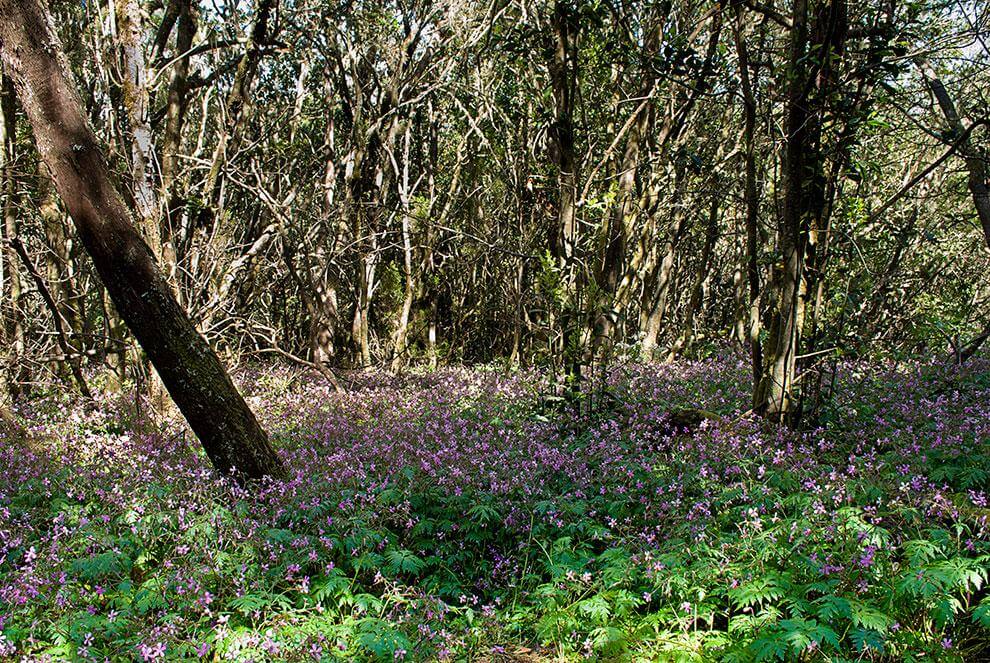…it seemed that we had reached the end of the road and it turned out that it was just a curve open to another landscape and new curiosities.
Hiking is one of the preferred sporting activities of travellers who visit La Gomera. And do you know why? Because it allows you to enjoy clean air, because you can choose among trails with different degrees of difficulty, because it improves your health in a comprehensive fashion, and above all other reasons, because it enables you to discover the island step by step.
We would like to make some suggestions so that you are better equipped to live out the experience.
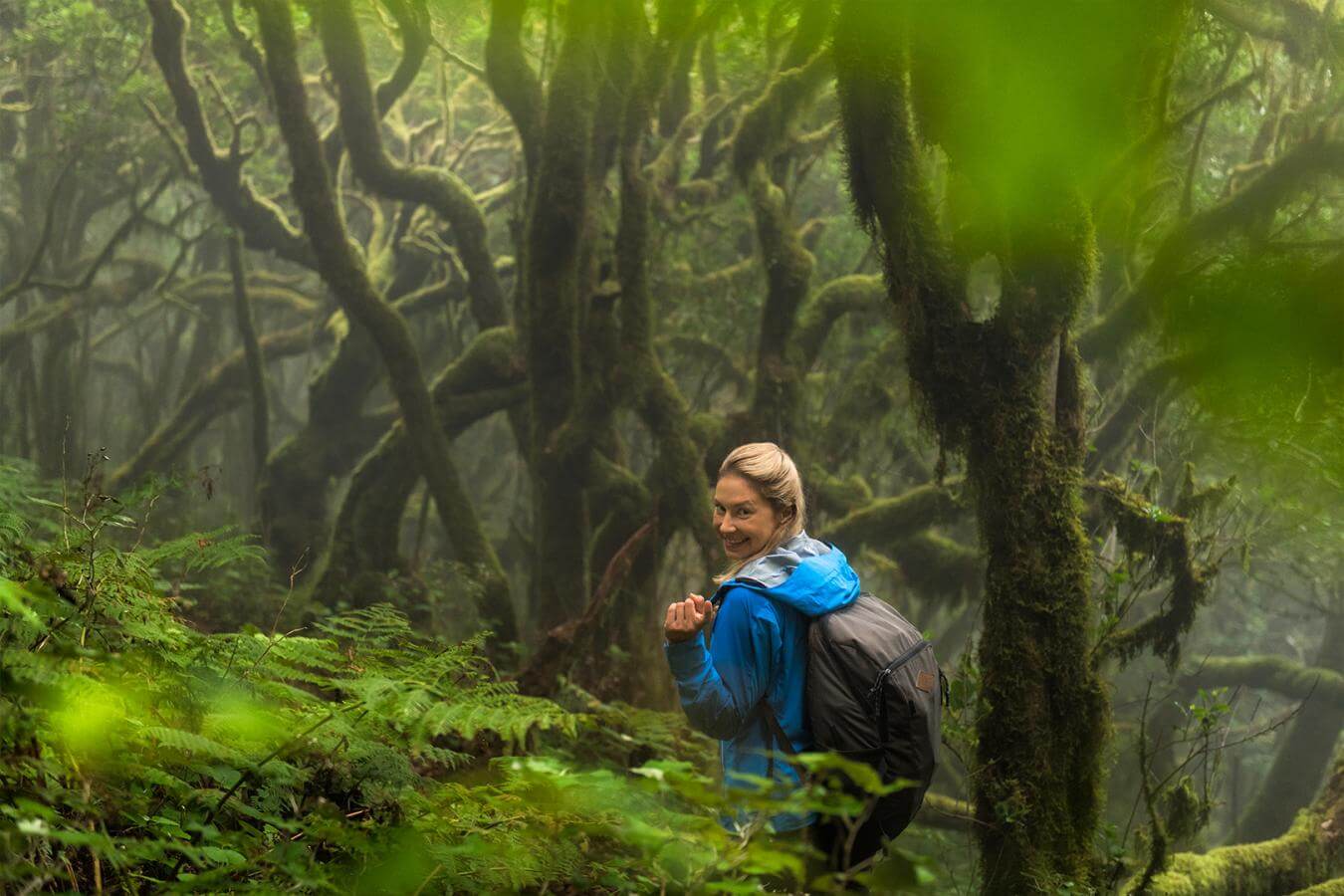


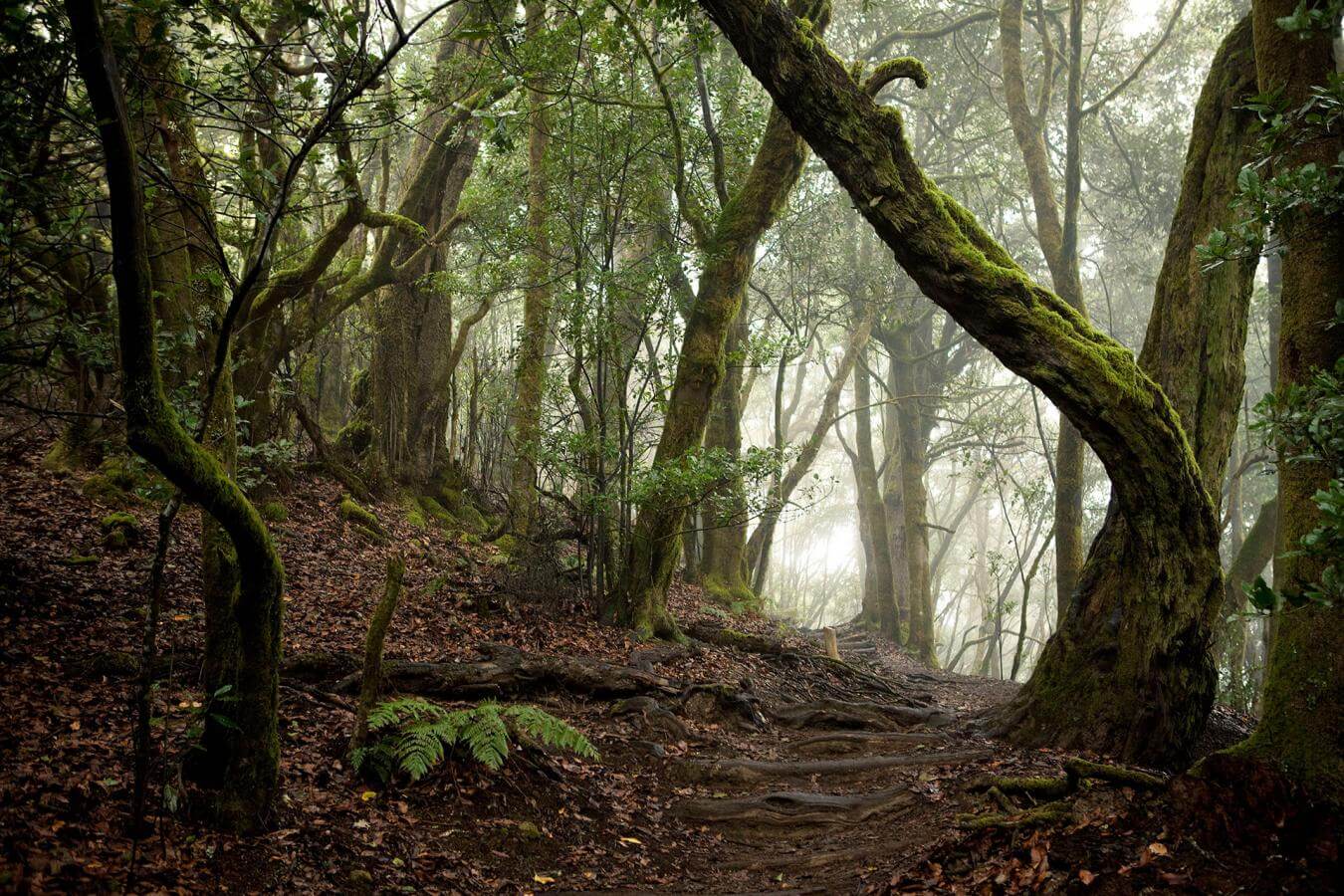
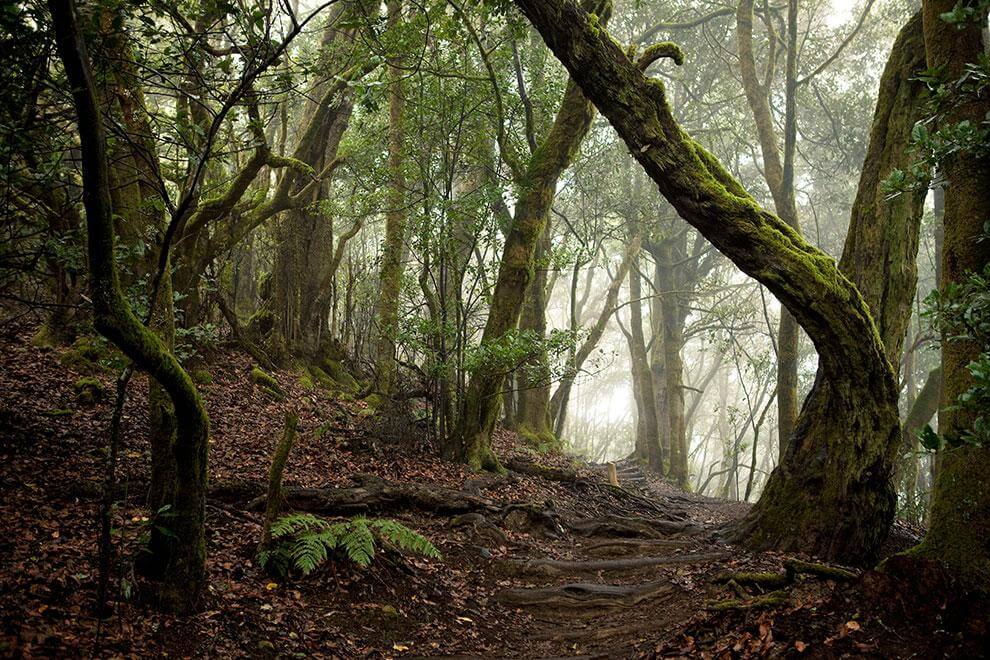

Prepare the route:
Before starting, it is important to gather information on the state and conditions of the trail we have chosen. You can find information or recommendations in the tourism information offices, the visitor centre of Garajonay National Park, or La Laguna Grande information point. At the very least you should know the number of kilometres, the degree of difficulty, where it begins and ends, and the current state of the path. On the official tourism page, you will find details of all of the hiking trails of La Gomera. In addition, on the National Park website you can specifically see the routes in Garajonay.
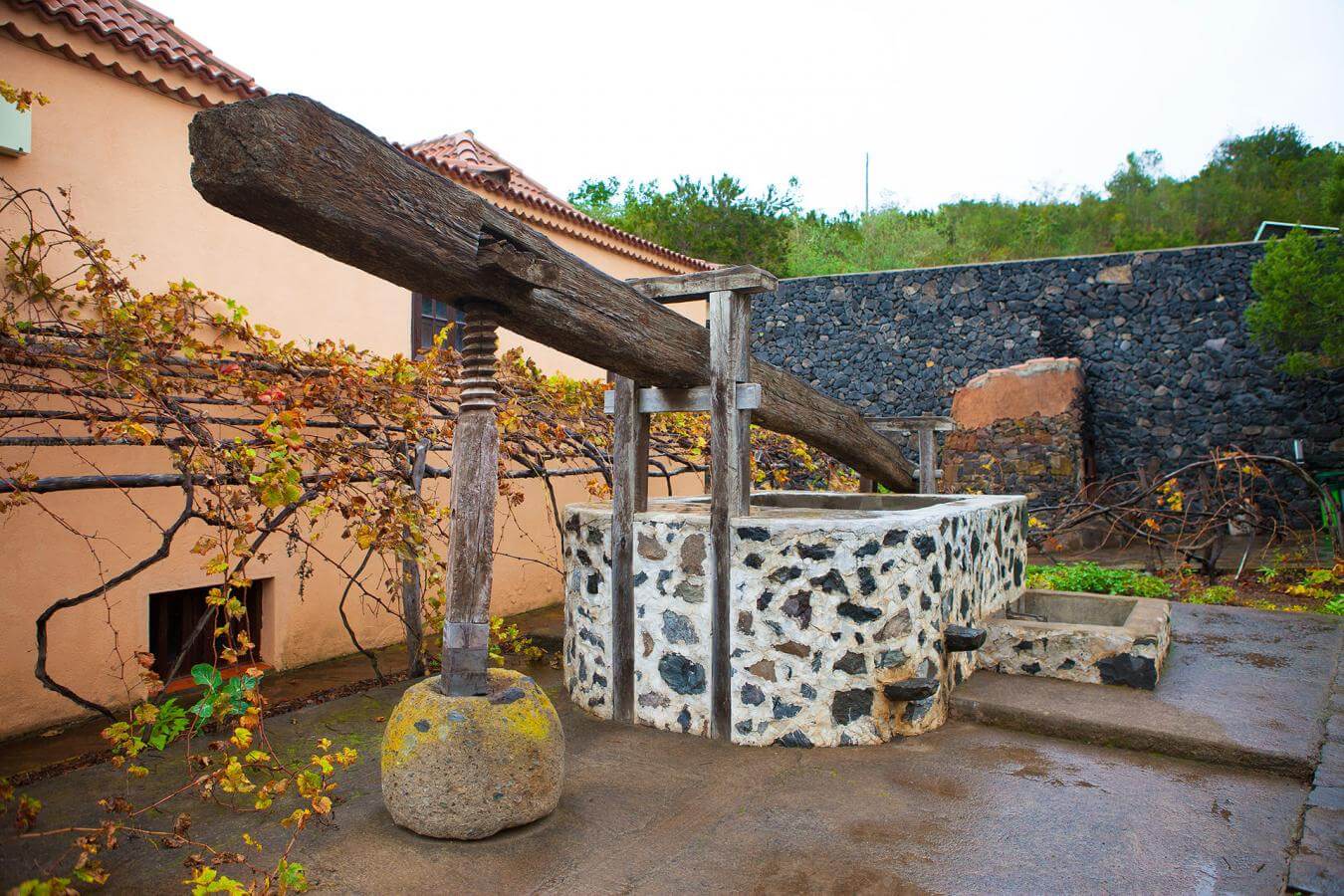
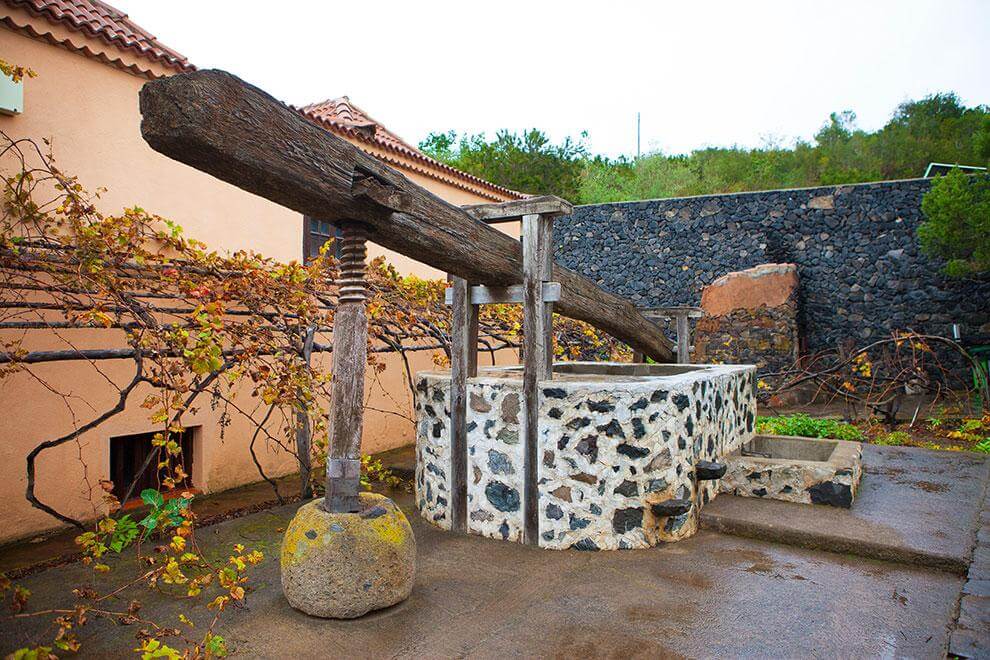

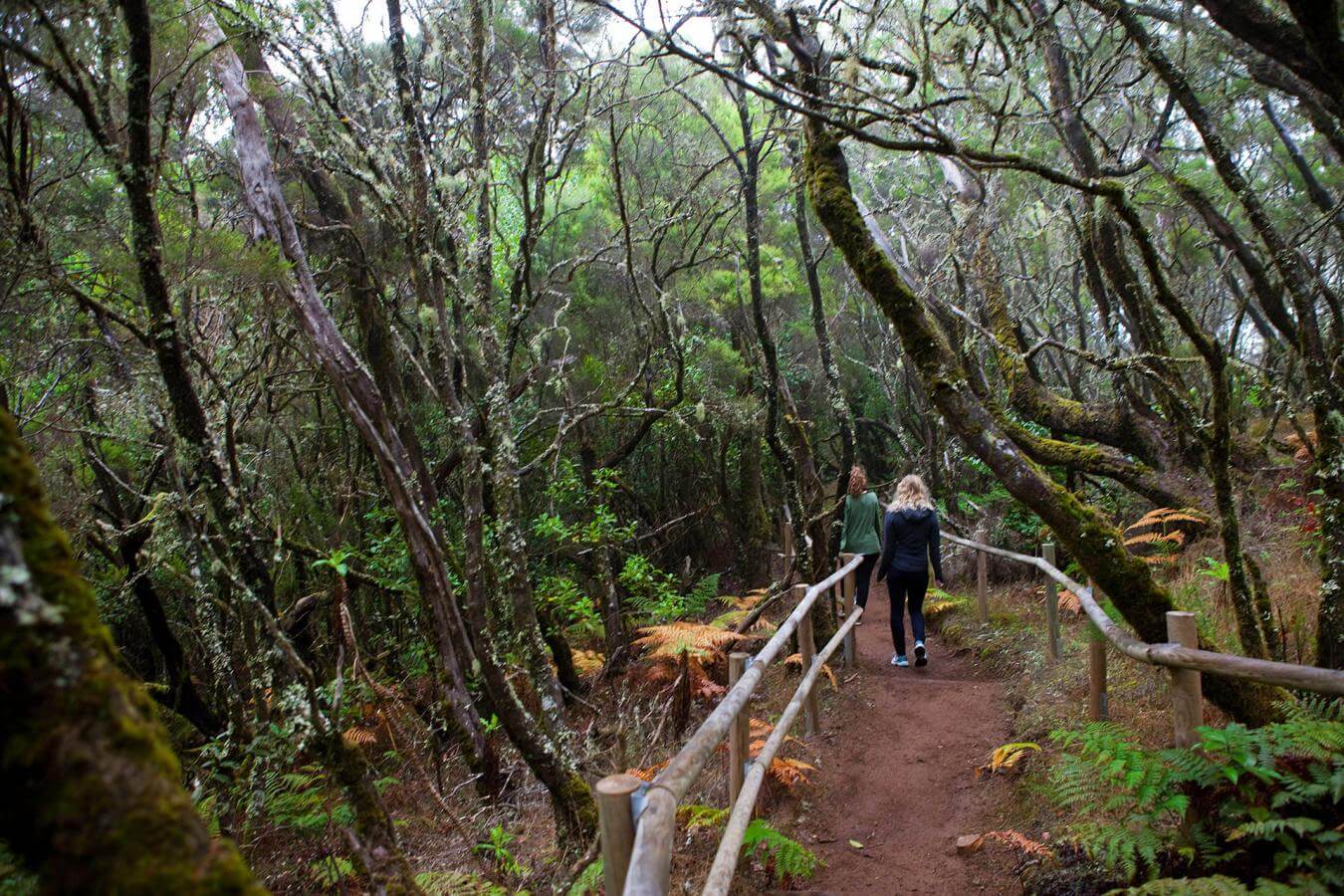


Weather information:
What will the weather be like on your walk? The climate of La Gomera is generally very good for hiking all year round, so you will very likely be able to complete any hike along the island’s more than 600 kilometres of trails. On our official website you can find information on the weather conditions on La Gomera. We should bear in mind that the Garajonay National Park is often bathed in thick fog, and this is precisely where its special beauty lies. The forest acts like a huge sponge, absorbing the humidity brought by the trade winds.
Is it a good idea to walk in the National Park when it is covered in clouds? Yes, without a doubt.
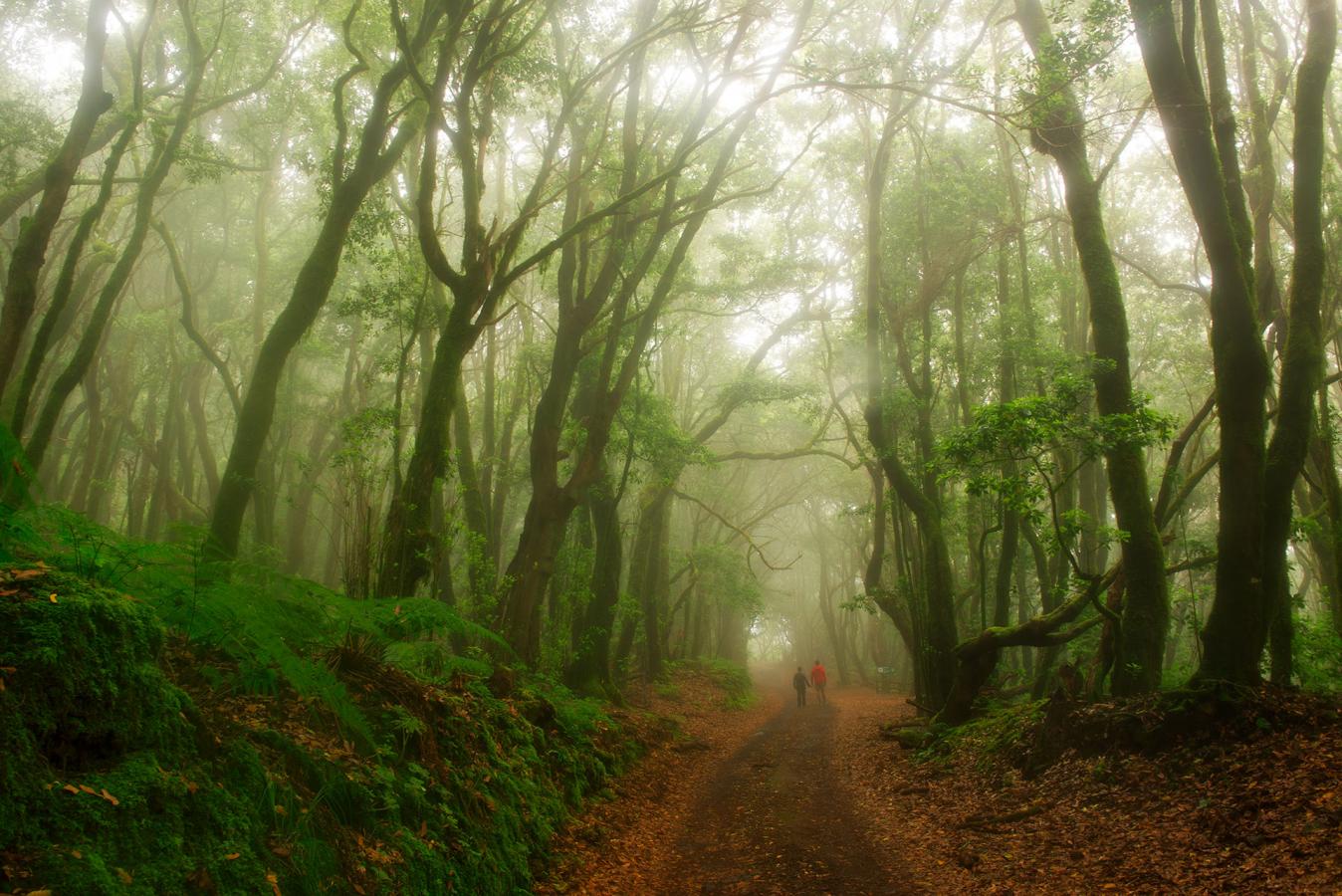
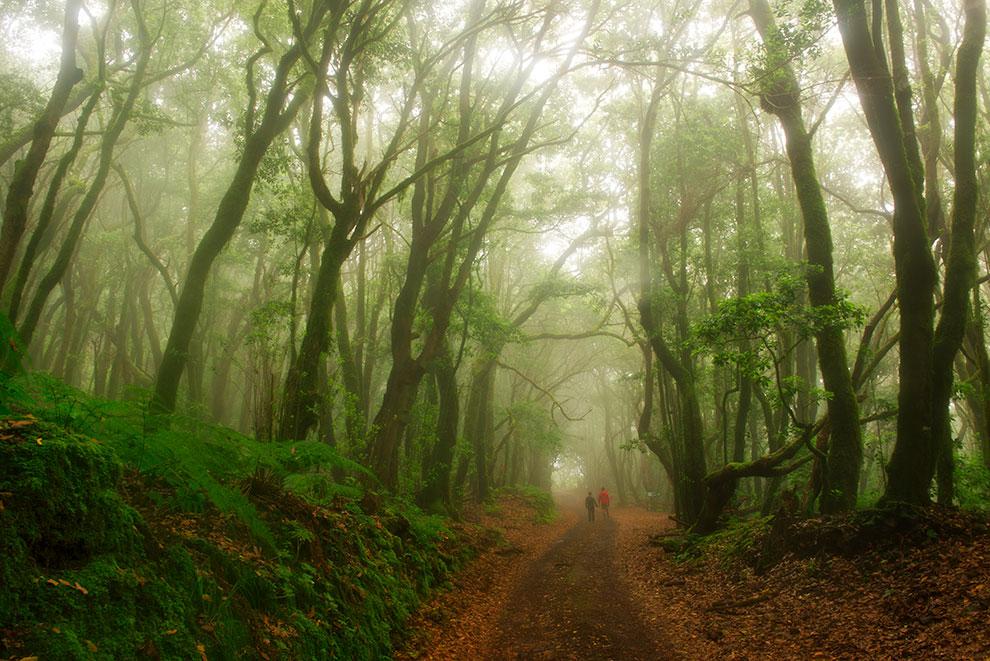

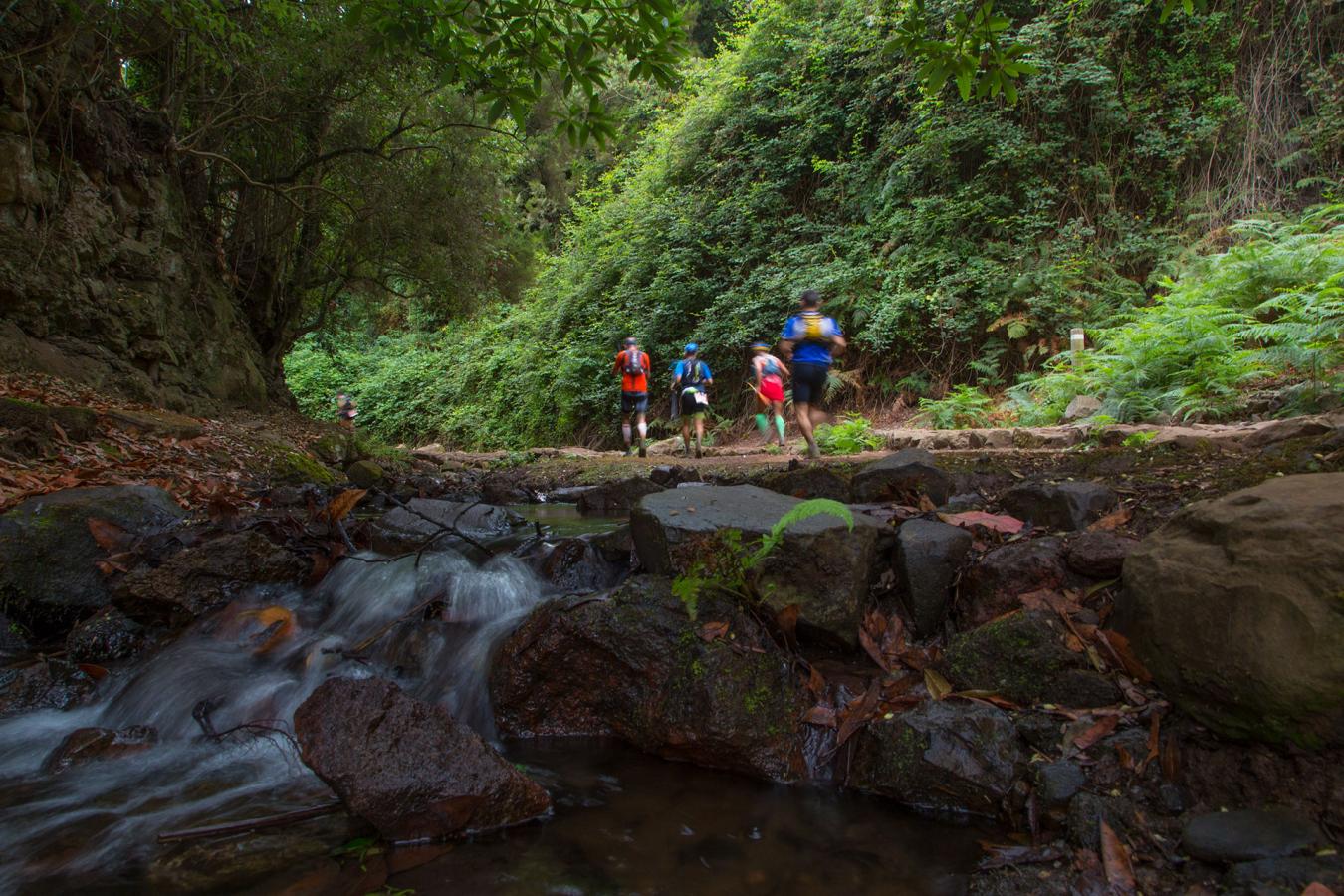
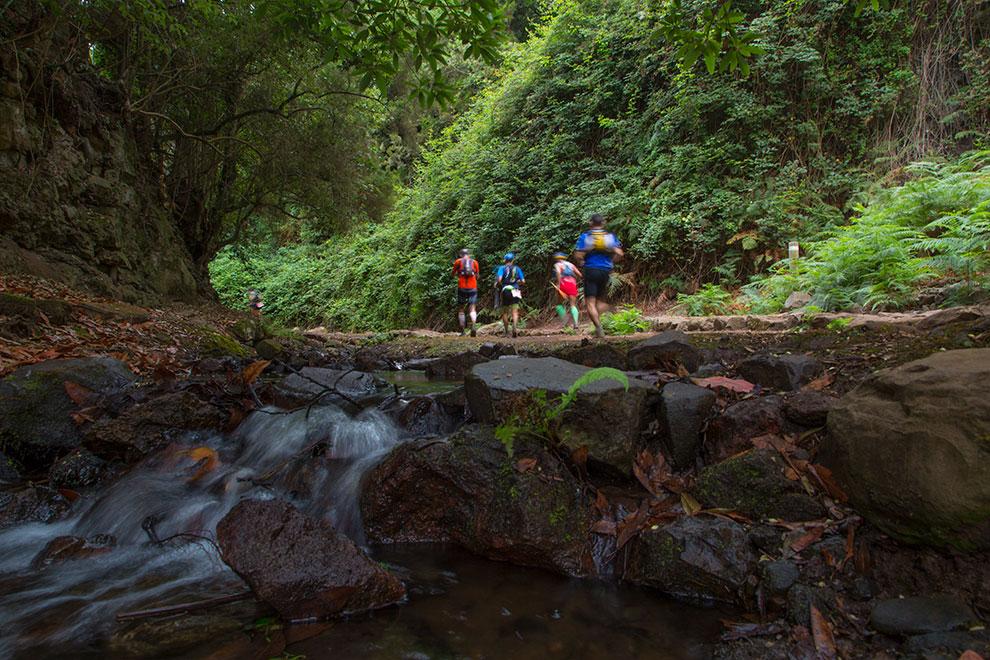

Suitable clothes and footwear:
To enjoy the benefits of hiking to the full, it is important that we be comfortable, especially if we are going to go on long walks. What is initially just some slight discomfort can become very inconvenient after a while. Ideally, you should use special waterproof trekking footwear with a thick sole and ankle support. Remember, this is not the time to break in new footwear! There are special trekking socks. In order to prevent rubbing, avoid wearing thin socks; the material varies depending on whether they are for summer or winter use. Hiking clothes, meanwhile, should allow for movement, and be neither too tight nor too loose. Take something warm and a raincoat, even in summer, just in case the weather changes.
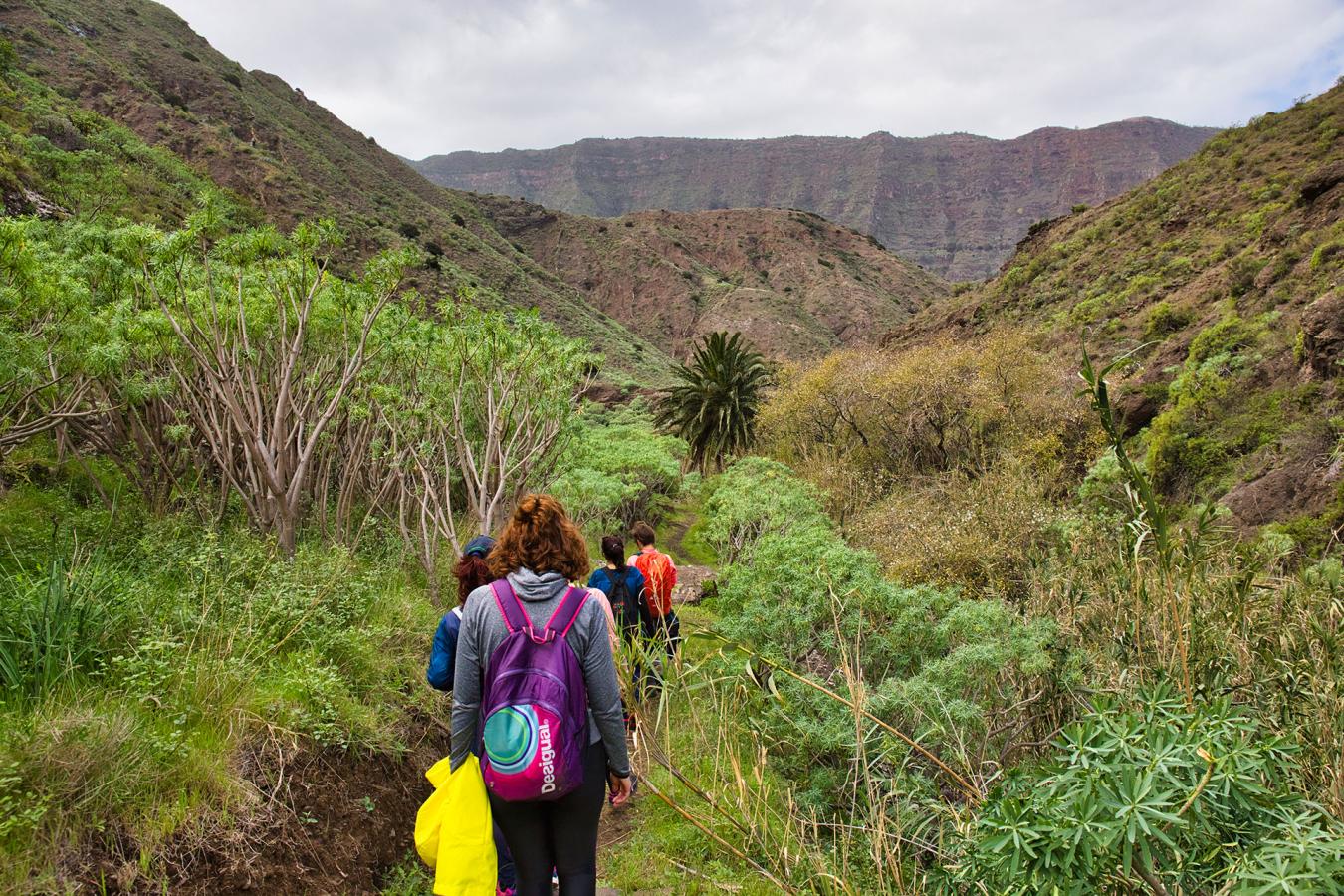
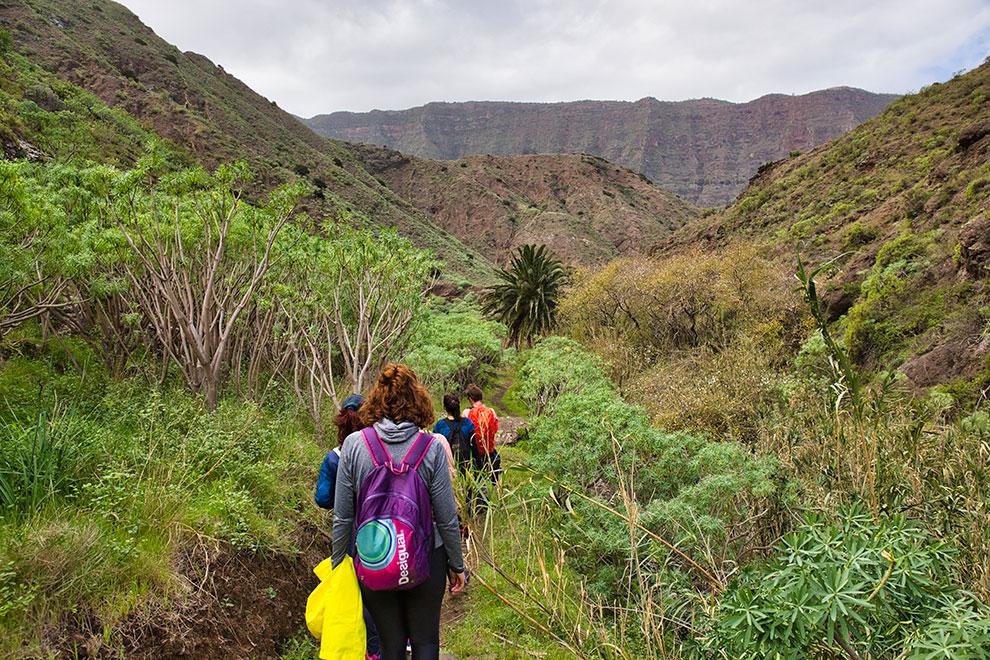

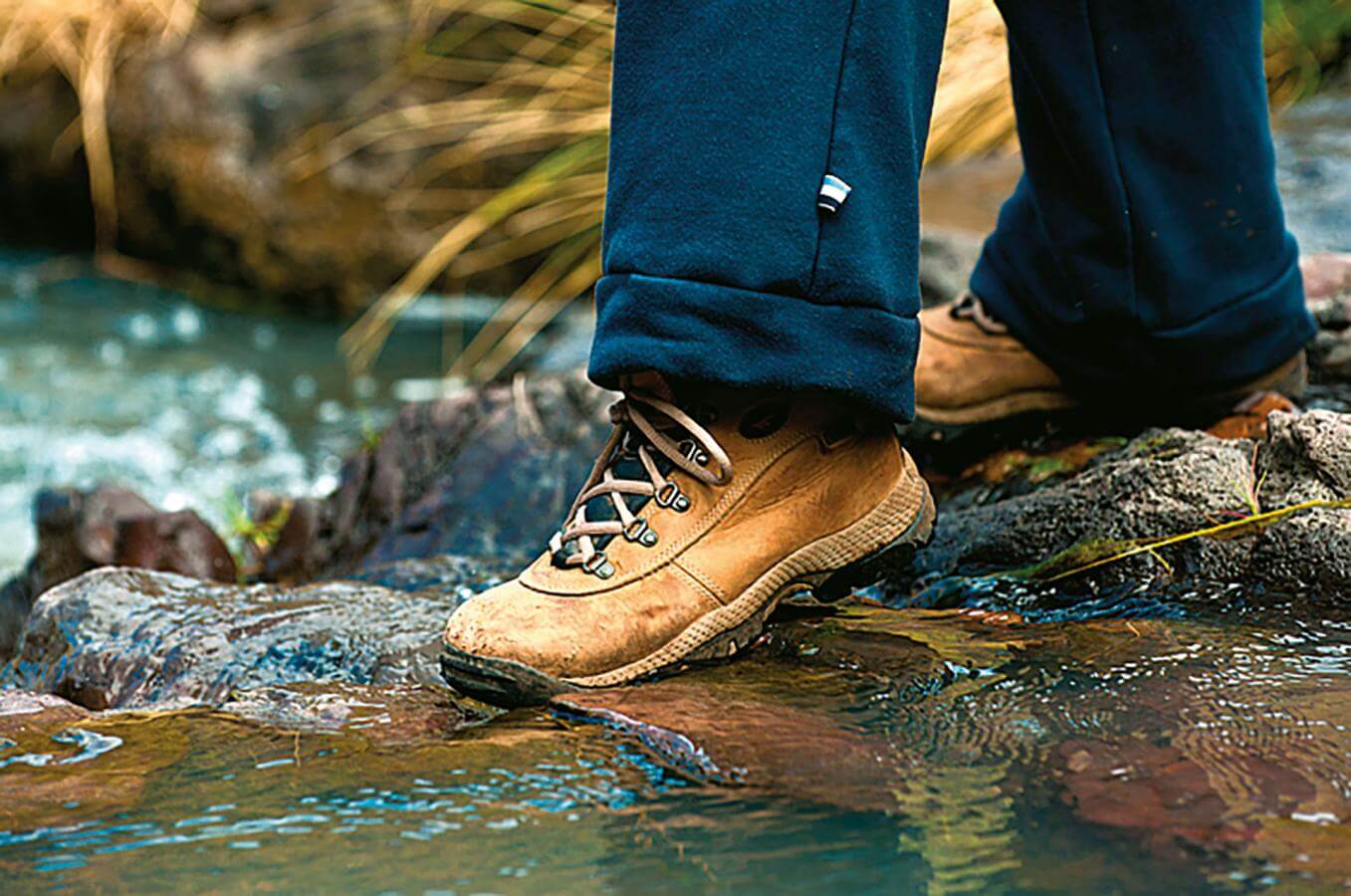
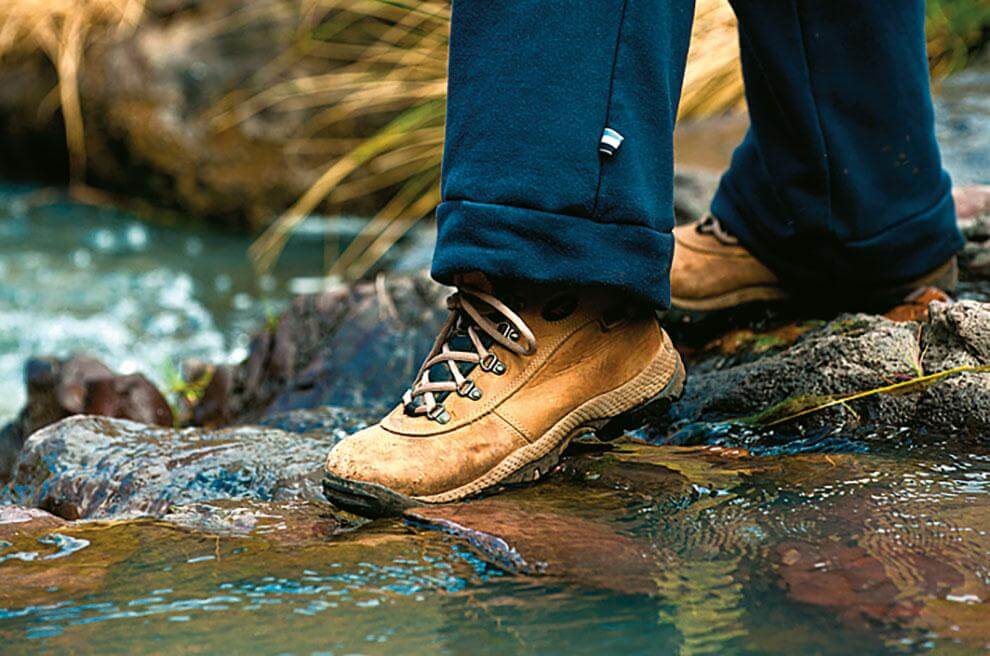

Map and directions
Even though you may already have information on the state of the route - and in general the trails are well signposted - it is always a good idea to take a map. It can be on your mobile phone and GPS, but take a paper map as well, in case you run out of battery. In the Tourist Information Offices and information points you will find detailed maps of the trails on the island.
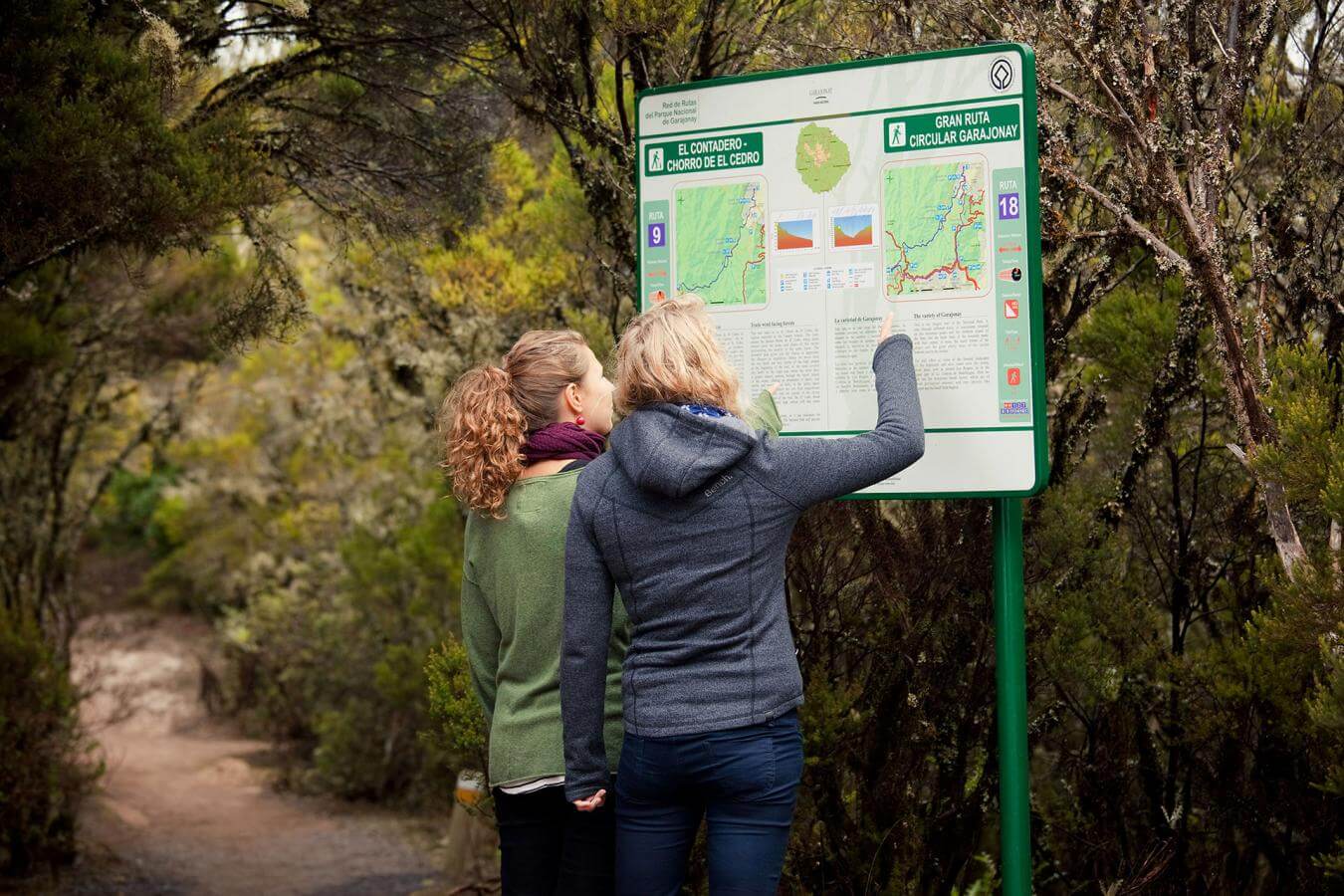


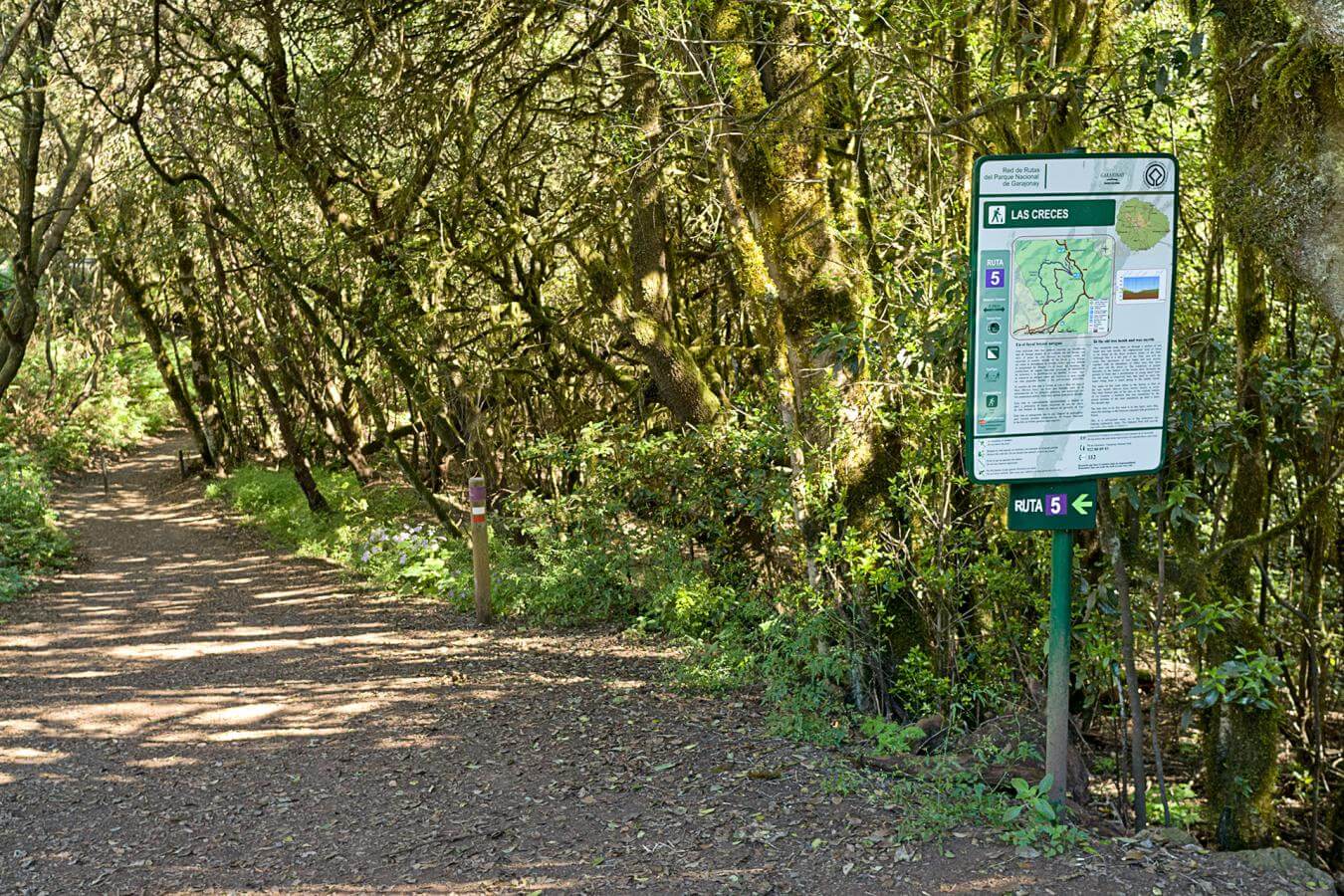
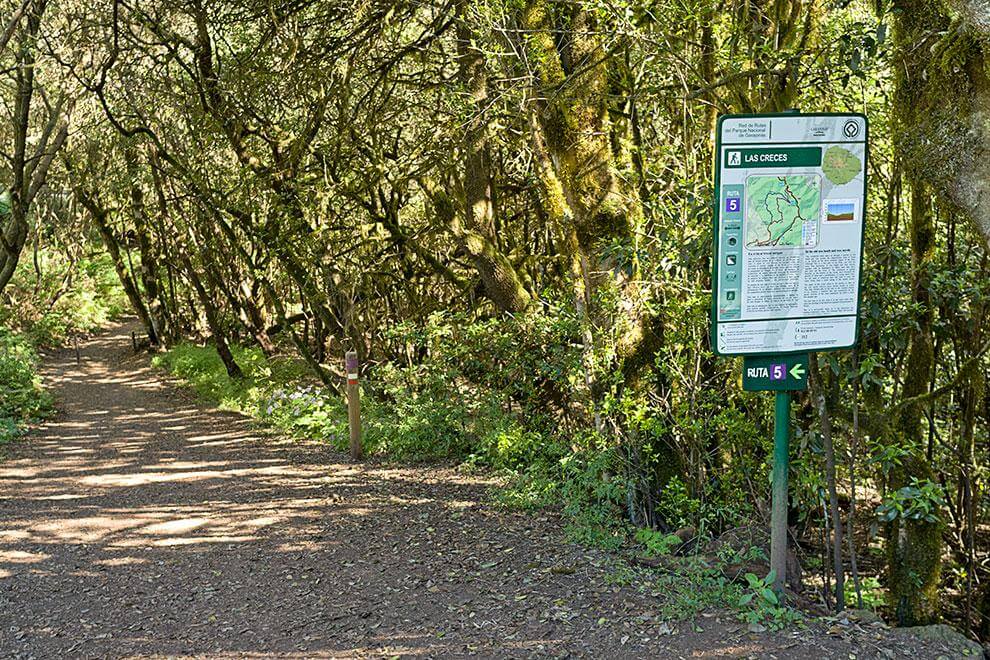

Trekking poles:
Many people find it useful to take one or two poles with them. They help you to keep your balance, distribute your weight better when ascending and descending, reduce fatigue in knees and ankles and also allow you to exercise the upper part of the body.
We recommend that the height of the poles be adjusted so that your arms are at 90º.This means when you go downhill, you will have to lengthen them by 5 to 10 cm to make them comfortable.
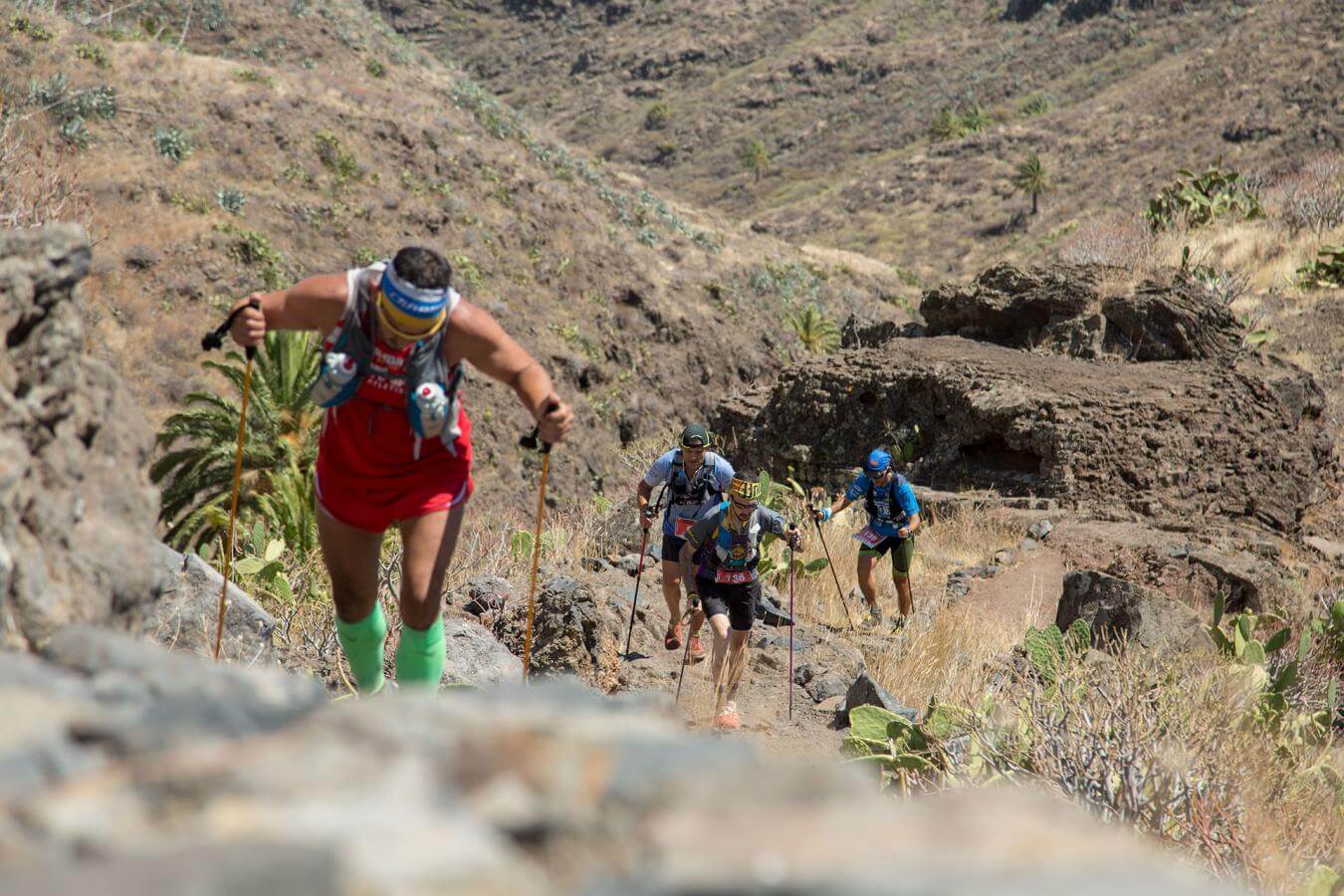


Food and drink
While what food to take is everyone’s personal choice, it is a good idea to eat high-energy foods like proteins and carbohydrates in order to keep your strength up during the walk. Nuts are also a good source of energy. Water is essential, at least one and a half litres. Drink regularly, do not wait until you feel thirsty. It is advisable to take short breaks so that your muscles do not get cold.
What to put in your backpack
Your backpack should be very comfortable, preferably with a waist belt so that it does not bang against your back when walking, have plenty of pockets and be waterproof (a plastic bag will also do the trick).
In it you should put sun cream, some plasters, a cap, a bag to collect any rubbish you generate, your mobile phone and food and drink, of course.
Taking care of the environment
La Gomera preserves the beauty of its nature thanks to the awareness of all. It would be great if you could become one of the group of people who work to conserve it. Don't leave any rubbish behind, take care of flora and fauna, do not light any fires, and tell everyone about your experience so that they can discover this island in a respectful manner.
There are different hiking companies on La Gomera with which you can undertake guided excursions.

